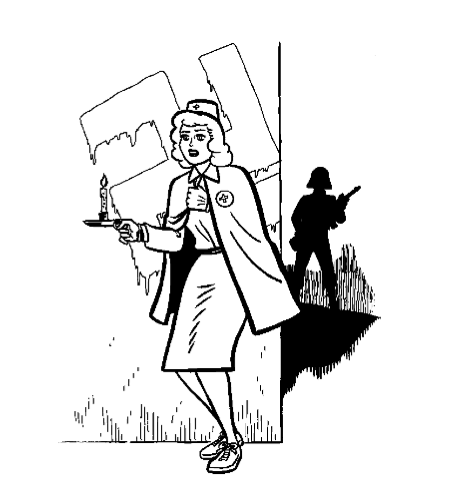In late 1989, The Chronicle of Higher Education ran a profile of Joan Rodman of Venice, California, a psychologist whose specialty was doctoral candidates in the humanities.1 Through group and individual therapy, she helped those graduate students who had completed coursework and other Ph.D. requirements but were struggling with the final hurdle—in other words, ABDs (for “all but dissertation”). Having treated hundreds of ABDs, Rodman was able to make some generalizations about fast and slow dissertation finishers. The fast ones tended to have healthy, supportive relationships with their advisers and significant others. The slow ones often had experienced loss of a parent or loved one; close relationships were missing, and feelings of anxiety stemming from childhood still ate away at them.
The doctoral dissertation, which culminates the student phase and launches the professor phase, required more than intelligence and hard work. A healthy ego, armed against doubt and anxiety, and a willingness to confront one’s own history equipped candidates for the life transition, or paradigm shift, as grad students like to say. “Many students need to transform themselves if they are to produce,” reported the psychologist. “You find a question in life or in yourself, and you literally have to rework yourself to come up with a solution.”
Picture a group therapy session of slow-finishing fictional ABDs today. Not only can’t they complete their dissertations, but they’re having trouble coping with the example set by those overachievers Roland Mitchell and Maud Bailey, hero and heroine of Possession: A Romance, A. S. Byatt’s 1990 novel. Roland and Maud not only solve a great Victorian literary mystery and fall in love with each other, but they also have finished their dissertations. In typical overachiever fashion, the best-selling, critically acclaimed Possession went on to become a film starring Aaron Eckhart and Gwyneth Paltrow.
Gathered at our group session, the protagonists of five recent novels try to come to grips with their various procrastinations. There’s Chris Bayliss of Alan Wall’s spooky, heartfelt The Lightning Cage, a divinity school dropout who lives in his recently deceased mother’s house. For years, Bayliss has been procrastinating instead of finishing his dissertation on an eighteenth-century poet. Next to Bayliss sits Elizabeth Mann of Jenny Davidson’s Heredity, polymathically perverse and obsessed with another eighteenth-century figure, the criminal Jonathan Wild—and other bad boys. Beside her is the charmingly desperate art historian Alejandro Ballesteros of Juan Manuel de Prada’s The Tempest, struggling to persuade the experts to believe his theory about a Renaissance painting. In addition to the trauma of his mother’s suicide and the insecurity he feels about his blue-collar background, Joe Roper of Sarah Smith’s engrossing...
You have reached your article limit
Sign up for a digital subscription and continue reading all new issues, plus our entire archives, for just $1.50/month.
Already a subscriber? Sign in





